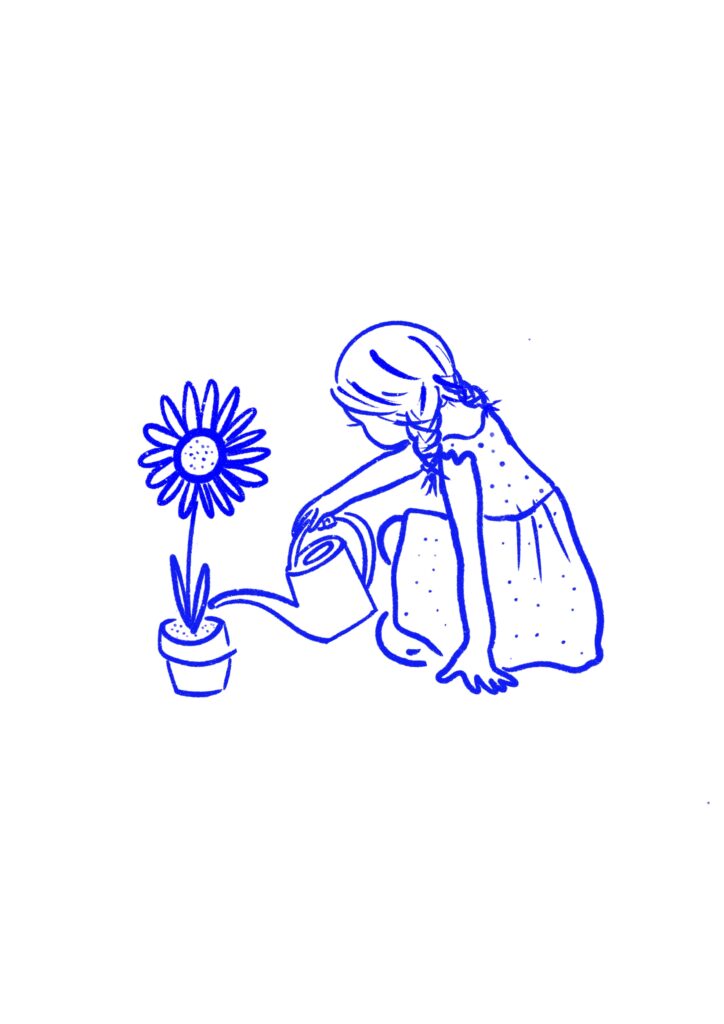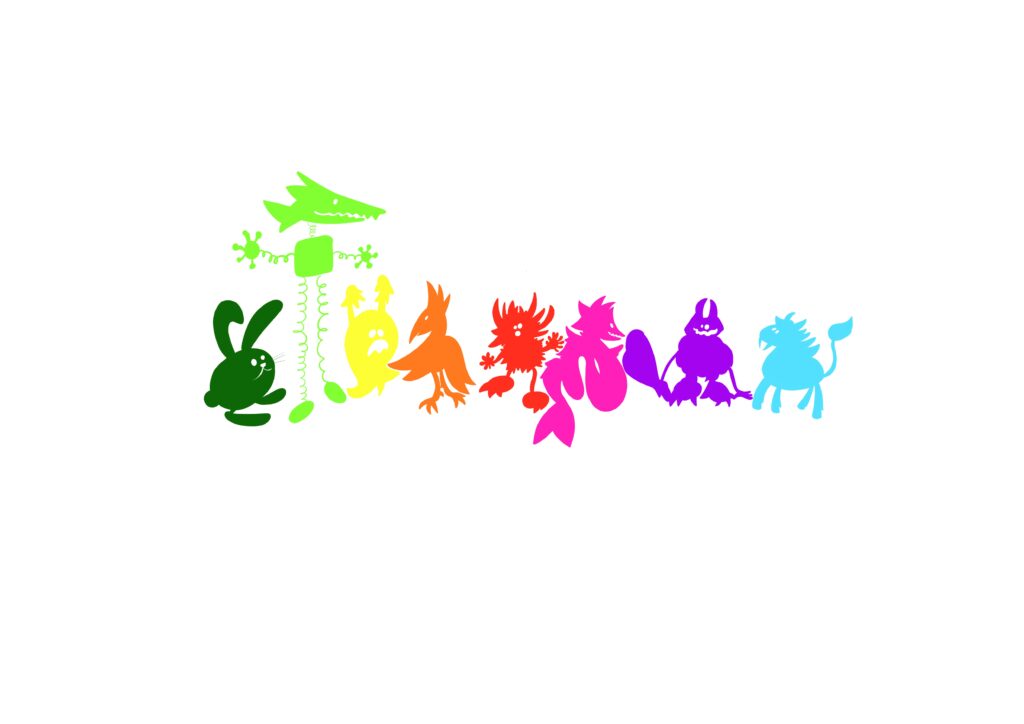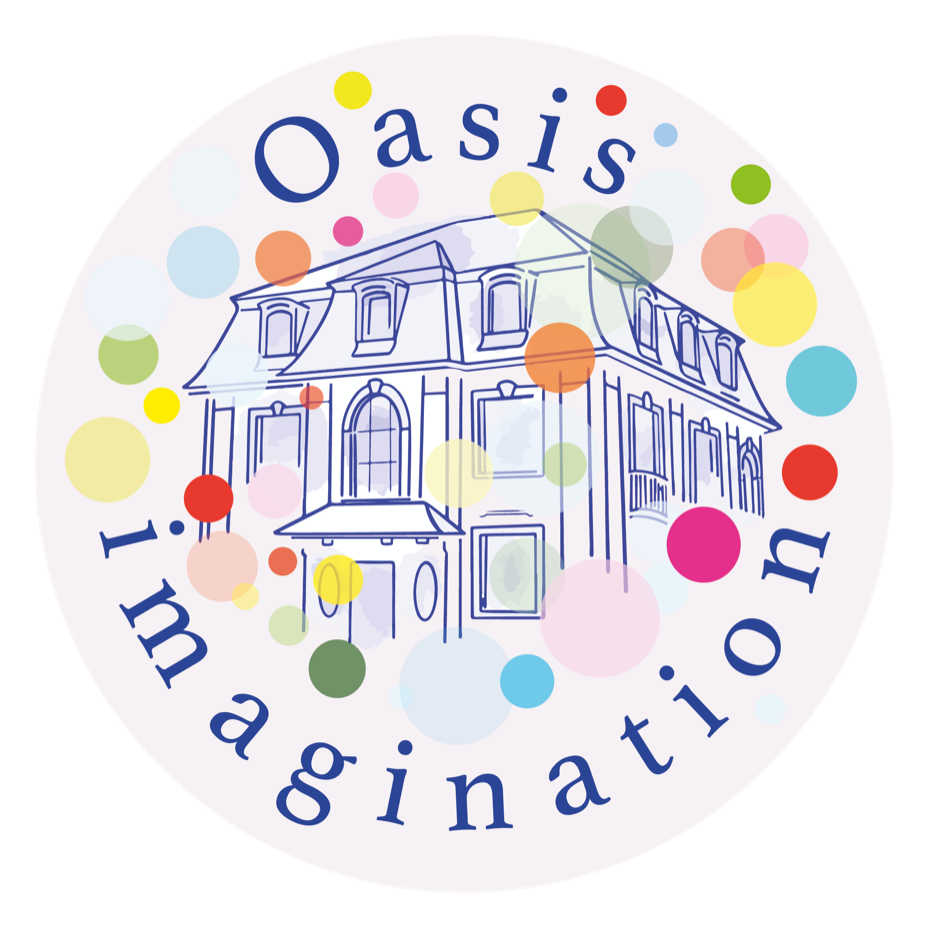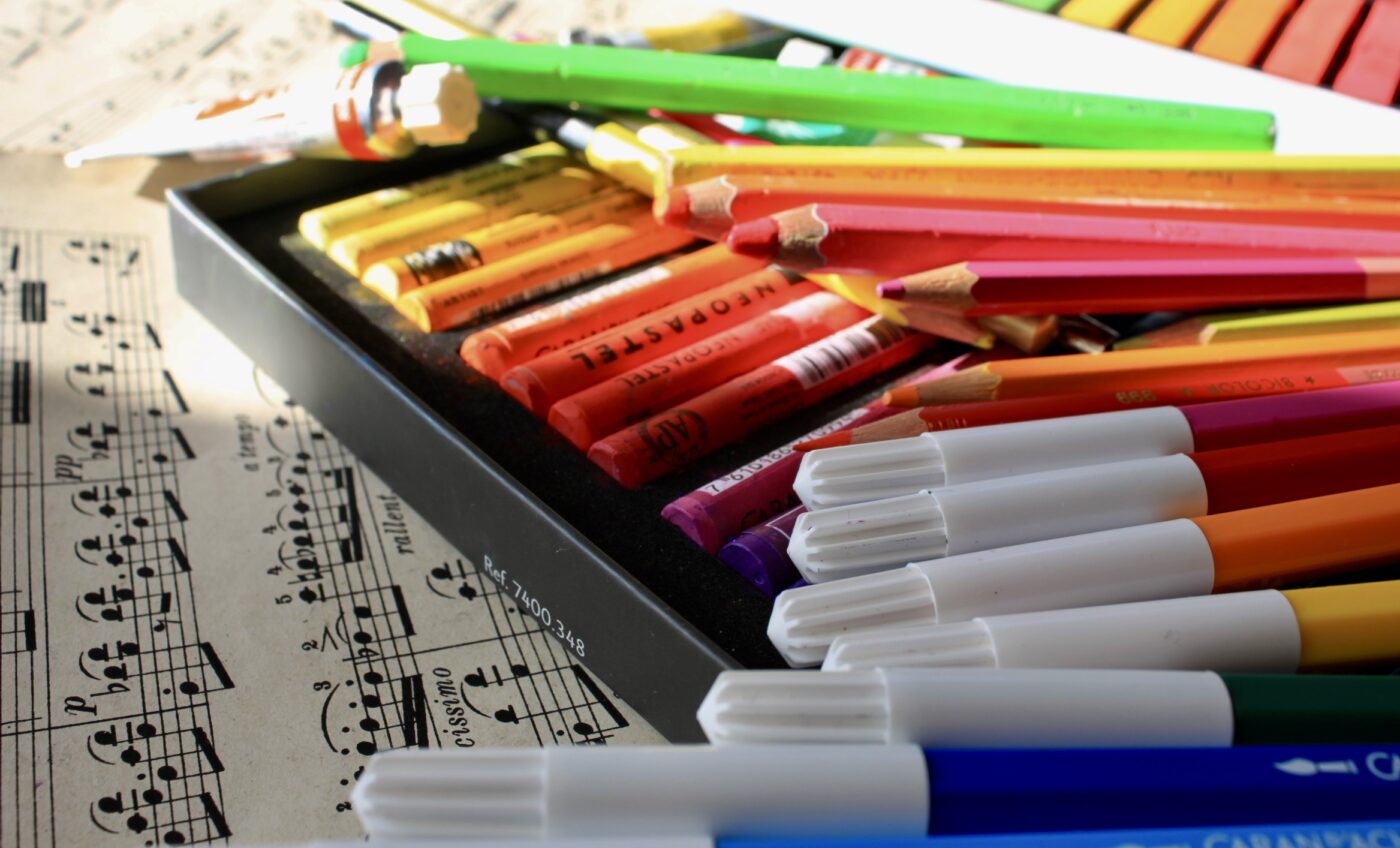The following exercises and craft ideas are a playful way to sharpen children’s self-awareness and teach them how to use their imagination to regulate emotions and achieve their goals. Imagination has an incredible impact on various levels when used purposefully. In recent years, research has shown that mental imagery has a strong influence on bodily functions, emotions and learning processes¹²³. When children learn to activate self-control processes with their imagination, they also gain self-efficacy and self-confidence. They no longer feel overwhelmed by their emotions and feelings, but rather perceive themselves as self-determined actors in their own lives. When children understand how imagination can affect emotions, sensations and physiological processes, they can use their mental imagery in various situations, such as for improving attention, reducing pain or for athletic or artistic performance. Children can cope thereby more easily and creatively with daily duties and feel empowered for life.
To begin the work with mindfulness and imagination start to read the story. “My life in Colours” with your child and do the workbook: “Emotional Selfregulation“. Then you can choose the themes according to the wishes and needs of your child in an individual order. Together with your children you can dive into imaginary worlds and get immersed in all possible colours, and then let your creativity flow freely. Make these moments of playful exercises small oases in your daily life where you and your children can find joy and inspiration and strengthen your resources.
1 Hackmann, A., Benett-Levy, J. & Holmes, E.A. (2011). Oxford Guide to Imagery in Cognitive Therapy. Oxford: Oxford University
2 Holmes, E.A., & Mathews, A. (2005). Mental Imagery and Emotion: A special relationship? Emotion, 5(4), 489-497. doi: 10.1037/1528-3542.5.4.489
3 Pearson, J.(2019). The human imagination: the neurosciences of visual mental imagery.Nature Rewievs Neuroscience, 20, 624-634. doi10.1038/s41583-019-0202-9
Emotional self-regulation
An important developmental task in childhood and adolescence is the appropriate handling of emotions and feelings.

Build up self-confidence
A healthy development requires enough self-confidence for a child to explore the world. Self-confidence is a key to academic and social success and for resilience

Find your totem animal
In Native American culture, every child has a totem animal that guides and protects them. Sometimes these are animals have the same strenghts as the child, such as a leopard for a child who

Fear, anxiety & co.
In the work process with feelings, children sometimes do not want to observe unpleasant emotions or feelings. Especially painful or fearful emotions are difficult to

Explosive feelings
In order to avoid massive emotional outbursts such as temper tantrums, children can learn to recognize early physical signs of such outbursts, and to act

Achieving your goals
Mental images can also motivate children to set and achieve new goals. The “Lighthouse” exercise helps children to visualize their goals by defining appropriate intermediate steps and


